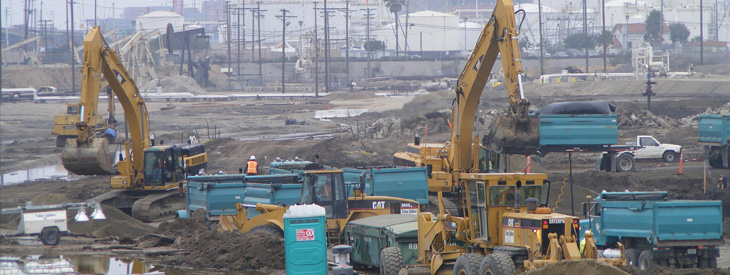

The word "asphalt" is derived from the late Middle English, in turn from French asphalte, based on Late Latin asphalton, asphaltum, which is the latinisation of the Greek ἄσφαλτος ( ásphaltos, ásphalton), a word meaning "asphalt/bitumen/ pitch", which perhaps derives from ἀ-, "not, without", i.e.

Computer simulations of simplified model systems are able to reproduce some of asphalt's characteristic properties. Low temperature prevents aggregate particles from moving, and the required density is not possible to achieve. Īsphalt properties change with temperature, which means that there is a specific range where viscosity permits adequate compaction by providing lubrication between particles during the compaction process. The Canadian province of Alberta has most of the world's reserves of natural asphalt in the Athabasca oil sands, which cover 142,000 square kilometres (55,000 sq mi), an area larger than England. Its viscosity is similar to that of cold molasses while the material obtained from the fractional distillation of crude oil boiling at 525 ☌ (977 ☏) is sometimes referred to as "refined bitumen". Naturally occurring asphalt is sometimes specified by the term "crude bitumen". Colloquially, various forms of asphalt are sometimes referred to as "tar", as in the name of the La Brea Tar Pits, although tar is a different material. To help avoid confusion, the phrases "liquid asphalt", "asphalt binder", or "asphalt cement" are used in the U.S. For the manufactured material, which is a refined residue from the distillation process of selected crude oils, "bitumen" is the prevalent term in much of the world however, in American English, "asphalt" is more commonly used. Worldwide, geologists tend to favor the term "bitumen" for the naturally occurring material. In material sciences and engineering, the terms "asphalt" and "bitumen" are often used interchangeably to mean both natural and manufactured forms of the substance, although there is regional variation as to which term is most common. Its other main uses are for bituminous waterproofing products, including production of roofing felt and for sealing flat roofs. The primary use (70%) of asphalt is in road construction, where it is used as the glue or binder mixed with aggregate particles to create asphalt concrete. The largest natural deposit of asphalt in the world, estimated to contain 10 million tons, is the Pitch Lake located in La Brea in southwest Trinidad ( Antilles island located on the northeastern coast of Venezuela), within the Siparia Regional Corporation.

The word is derived from the Ancient Greek ἄσφαλτος ásphaltos. Before the 20th century, the term asphaltum was also used. It may be found in natural deposits or may be a refined product, and is classed as a pitch. If this data is unavailable or inaccurate and you own or represent this business, click here for more information on how you may be able to correct it.The University of Queensland pitch drop experiment, demonstrating the viscosity of asphaltĪsphalt, also known as bitumen ( UK: / ˈ b ɪ tj ʊ m ɪ n/, US: / b ɪ ˈ tj uː m ə n, b aɪ-/), is a sticky, black, highly viscous liquid or semi-solid form of petroleum. VIEW ADDITIONAL DATA Select from over 115 networks below to view available data about this business.


 0 kommentar(er)
0 kommentar(er)
